
Hey guys, today I will be sharing my long-term impressions of the OnePlus 8T. Like clockwork, the company launched a mid-year upgrade over its existing lineup of flagship smartphones in 2020 as well. Although the 8T is quite similar to the existing OnePlus 8, it does bring some prominent upgrades. So, I was a bit lost on exactly what to expect from the OnePlus 8T going into the review.
OnePlus 8T Specifications:
- Body: 6.33 x 2.92 x 0.33 inches, 188 gm, Gorilla Glass 5
- Display: 6.38-inches Fluid AMOLED panel, 402PPI, Gorilla Glass 5, 120Hz refresh rate, 240Hz touch sampling rate
- Resolution: FHD+ (2400 x 1080 pixels), 20:9 aspect ratio
- Chipset: Qualcomm Snapdragon 865 (7nm+ Mobile Platform)
- CPU: Octa-core (1×2.84 GHz Kryo 585 & 3×2.42 GHz Kryo 585 & 4×1.8 GHz Kryo 585)
- GPU: Adreno 650
- RAM: 8/12GB LPDDR4x
- Storage: 128/256GB UFS 3.1 (fixed)
- Software & UI: OxygenOS 11 on top of Android 11
- Rear Camera: Quad-camera;
– 48MP Sony IMX586 sensor with f/1.7 aperture, PDAF, OIS
– 16MP ultra-wide-angle lens with f/2.2 aperture, 123º FOV
– 5MP macro sensor with f/2.4 aperture
– 2MP monochrome lens with f/2.4 aperture
– Dual-LED flash - Front Camera: 16MP Sony IMX471 sensor with f/2.4 aperture
- Security: Under-display (optical)
- Audio: Dual stereo speakers, Dolby Atmos support, aptX, aptX HD, LDAC codec
- Connectivity: Dual-SIM (Nano), WiFi 802.11 a/b/g/n/ac/ax (dual-band), Bluetooth 5.1, GPS / AGPS / Glonass / Galileo / Beidou, USB Type-C, NFC, 4G LTE, 5G (sub-6GHz)
- Sensors: Accelerometer, Gyro, Proximity, Electronic Compass, Ambient Light, Flicker-detect, Sensor Core
- Battery: 4500mAh (2S1P) with Warp Charge 65 (10V/6.5A)
- Colors: Aquamarine Green, Lunar Silver
- Price in Nepal: N/A (not launched yet)
OnePlus 8T Long-Term Review:
Talking about the upgrades, I can’t help but wonder if those were the ones most of us were actually looking for. From the get-go, we can see that the company has struggled to adequately differentiate the three devices under the 8 series. And on the 8T, it is clear that OnePlus is playing the number game—65W fast charging, 120Hz refresh rate, quad cameras setup (that doesn’t include a telephoto lens), and more.
While I’m not complaining about the upgrades themselves, the point I’m trying to make is that it seems almost lazy of OnePlus to throw in big numbers while continually failing to bring significant upgrades in one aspect that it has always lagged behind in—the cameras. And to my dismay, 8T’s design feels like a downgrade as well.
Design & Build
- Glass front/ back, aluminum frame
- No official IP certification
If you remember, the OnePlus 8 has this subtle curve in its screen, which is just about ideal, and nothing drastic as the one on 8 Pro. Because of this, the OnePlus 8 was perfectly immune to accidental touches—at least throughout my usage. But, love it or hate it, the OnePlus 8T fully dismisses the curve. Hence, the phone feels a bit larger than the OnePlus 8.
Also, because of the thicker side curves, one will notice how it seems so much thicker in the hand; even though the 8T is less than a millimeter thicker, and weighs just 8 grams more than its predecessor. So, yeah, in terms of the tactile feel, the OnePlus 8 is definitely nicer than the 8T and I believe the flat display choice could’ve been implemented much better.
But overall, it’s still a premium-looking device and well-built phone. And I even like the camera placement better than its predecessor. If only OnePlus 8T had the same form factor as that of the 8!
Moving on, OnePlus also never misses to include the signature alert slider in its smartphones. If you ask me, this feature doesn’t get as much credit as it should. I can’t speak for you, but I find it incredibly useful. Also, after seeing Samsung Galaxy S20 FE with multiple color options, I desperately hope that future OnePlus devices come up with a few refreshing color options.
Display
- 6.55-inches FHD+ flat Fluid AMOLED panel
- 120Hz refresh rate, 240Hz touch sampling rate
Anyway, as I mentioned earlier, the refresh rate has gotten a bump from 90 to 120Hz, while this Fluid AMOLED panel remains the same at 6.55-inches. During my initial impression, I thought this was not that big of a deal. But after using the phone for some time now, I have kind of changed my opinion about that.
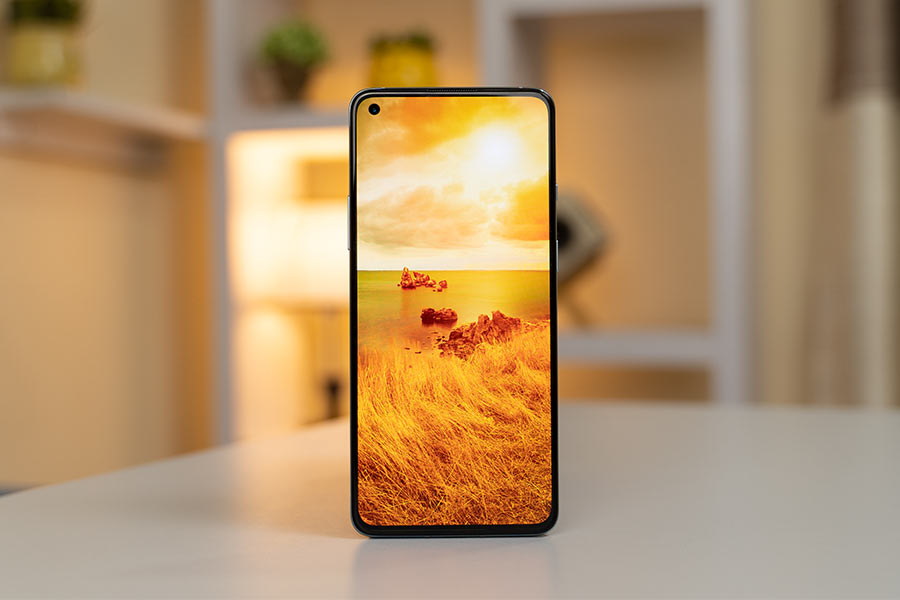
Not only does it offer a smoother visual experience, the 240Hz touch response rate is quite up to the mark. Again, it’s not the most stunning display you will ever lay your eyes on, but for what it’s worth, it’s remarkable.
During the review, the only problem I have with the display of the OnePlus 8T is that its minimum brightness is not low enough; especially compared to the ones on an iPhone or a Samsung device. Although the company had proudly highlighted the phone’s 8192-level automatic brightness adjustment, the 8T doesn’t ship with a DC dimming feature. Maybe OnePlus can push an update in the future. But for now, I’m going to have to minimize my habit of using the phone at night under the blanket.
Okay, personal issues aside, in terms of outdoor brightness, this phone is a champ. Even in the sunniest of environments, I’ve had no issues reading blogs or using Twitter, so that’s nice. Watching videos has also been a delight on the 8T.
Stereo speakers
Not just that there is the support for Widevine L1 and HDR 10+ content playback, but the speakers are decent too. These are not the best set of speakers on a smartphone but do a good job nonetheless. The audio is loud and crisp with balanced mids and highs. And the bass is acceptable too.
Performance
- Octa-core Qualcomm Snapdragon 865 SoC (7nm+)
- 8/12GB LPDDR4x RAM with up to 256GB UFS 3.1 storage (fixed)
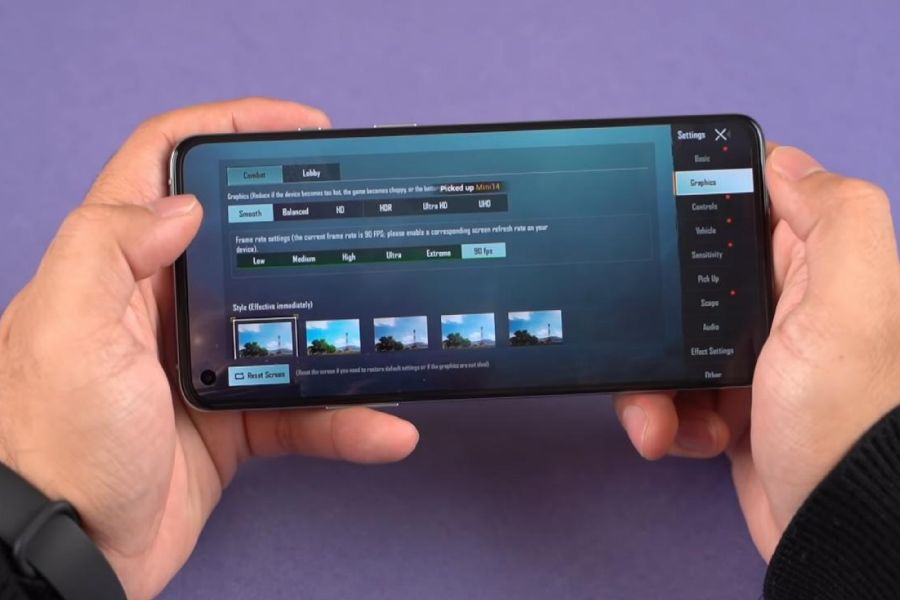
OnePlus has historically delivered great performing phones and the 8T isn’t an exception either. While we were all expecting the Snapdragon 865+ to make a debut on an OnePlus phone, it was quite strange of the company to go with the regular 865. Even though we know that these two chips are only marginally different, OnePlus could’ve had a greater advantage over its closest competitor—the Samsung Galaxy S20 FE.
Since the S20 FE ships with the much-despised Exynos 990 in OnePlus’ prime markets like India, the 8T could’ve made matters much easier, although it is easily the best performing Android phone in its price range right now.
A redesigned OxygenOS
That, topped with OnePlus’ amazing software experience, is like getting the best of both worlds. But I do have to warn you that this new version of OxygenOS is quite a deviation from the previous near-stock Android experience that many of us love. It still retains a lot of customization options and in fact, this one’s more like Samsung’s OneUI—thanks to the headings in stock OnePlus apps being written in big bold letters, while everything else is moved down so that one can reach stuff easily.

Now, this one’s a double-edged sword. On one hand, it is a healthy upgrade considering how difficult it is these days to use a phone single-handed since they’re getting bigger and bigger. And hey, it’s not bad to be inspired by a rival’s useful features either. On the other hand, OG OnePlus fans can most certainly translate this transition as an utter betrayal, and might even argue that the company is slowly losing its originality.
Having said that, one of the most appreciable changes in this version of OxygenOS has to be the option to toggle Dark Mode from the system shortcuts. And you can even schedule it as per your preference now, which is much easier than before.
Gaming
In terms of gaming, as you could imagine, the OnePlus 8T is a beast. By the way, the company recently rolled out an update providing a 90fps gaming option for PUBG Mobile; which was initially missing on the phone. Because of this, the 8T offers some of the best PUBGm gameplay experiences. Likewise, other demanding or lightweight games run in smoothly as well, without a hint of lag.
Cameras
- Quad camera setup at the back
- (48MP primary, 16MP ultrawide, 5MP macro, 2MP monochrome)
- 16MP selfie camera (punch-hole)
Now, let’s get to the cameras and disclaimer, they are not the best thing about this phone. First off, OnePlus has decided to go with the same-old Sony IMX586 sensor that they used on the OnePlus 8 and the 7T before that. And although its camera optimization has improved over the years, Samsung, with its flagship-level optimization on the S20 FE takes the spotlight from the 8T. We have also conducted a thorough review of the cameras of the OnePlus 8T and S20 FE that you can check out here.
Normal Images
Talking about the 8T alone, you will notice in both its primary and ultra-wide images that the pictures tend to have an unnecessary level of contrast.
The primary images do look pretty good. But again, the ones from S20 FE have better shadow details and color reproduction.
Wideangle Images
And in terms of the ultra-wide-images, S20 FE’s evidently stand out as well with better dynamic range, colors, and field of view.
Telephoto Images
Not to mention that the S20 FE has a more versatile camera setup including a telephoto lens while disregarding the inferior depth and macro sensor.
With this, the S20 FE can zoom upto 3x optically while the 8T is only capable of zooming digitally. And you can figure out how this one’s gonna go.
Portrait Images
Having said that, it’s not all bad with the OnePlus 8T cameras.
For instance, I think it has better portrait capabilities than the S20 FE in terms of edge detection and subject focus.
Nighttime Images
Moving on to the night time images, well, the OnePlus 8T has a tendency to over-process.
And in many instances, it over-saturates the pictures for some reason; especially in Night Mode images.
So, even though the details and everything are good, the unnatural colors might seem excessive, especially when compared to the S20 FE.
Macro Images
Likewise, the 8T also has a macro sensor. Here are some of the samples I took and as you can see, they are not that bad.
It’s only that the macro sensor here has fixed focus, so getting a perfectly sharp image is kind of tricky.
Videography
Also, the videos from the selfie camera on the OnePlus 8T is limited to 1080p/30fps. And even at that very resolution, the camera finds it hard to manage exposure properly. So, it’s not the best vlogging choices out there.
The rear cameras can shoot good enough videos even at 4k/60fps. But, the videos tend to lose some details and it cannot handle abrupt movements like running either, as it messes with the exposure.
Selfie Images
Selfies from the OnePlus 8T aren’t that great too.
You can notice the red tint in the photos, turning them weird-looking. The S20 FE, on the other hand, is able to maintain a subtle and almost natural undertone; making it a better selfie camera phone.
Portrait selfie images look slightly better on the S20 FE as well.
Battery
- 4500mAh (2S1P) battery
- Warp Charge 65, No wireless charging
Okay, let’s talk about battery life now. I was quite excited to test out the new 65W charging of the OnePlus 8T during my review as well. There’s a 4500mAh cell and overall, I’m satisfied with its endurance. It has given me a full day’s battery life with some juice to spare at the end of the day on my normal day of use. That’s particularly impressive because I used this phone with the 120Hz refresh rate turned on all the time.
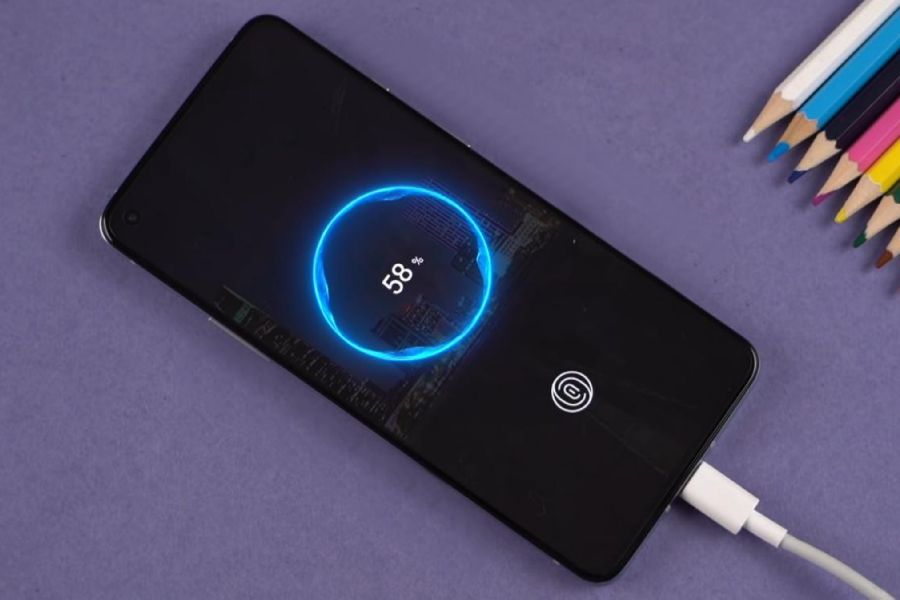
However, I do have to tell you that the phone automatically switches to 60 Hz while using select apps such as YouTube when the brightness is more than 50%. But, if you wish to use the phone under 120Hz all the time, it lets you do that if you turn on dark mode, or set the brightness to less than 50% in normal mode.
Charging this device is really fast as well with OnePlus’s proprietary Warp Charge 65. It takes the device from 0-100% in about 40 minutes. And yeah, you guessed it. This 65W fast charging technology is based on OPPO’s 65W SuperVOOC 2.0.
Conclusion
All in all, the OnePlus 8T is an incredible smartphone—and quite possibly the best in its price range as we’ve discovered throughout this review. As always, the phone is extremely powerful and with the addition of 120Hz refresh rate, 65W charging technology, OnePlus’ emphasis on speed is only taken a step further. But, with the value-flagship market getting so competitive these days, the question has to be asked: is it enough, or should OnePlus be doing more?
With the likes of the Samsung Galaxy S20 FE, Xiaomi Mi 10T series, and others, it’s getting more and more difficult for the company to solely survive on its mantra of speed. People expect incredible camera performance on devices in this market segment and if OnePlus can’t deliver on such a crucial aspect, a buyer’s purchasing decision becomes so much easier. And that’s something OnePlus should be actively working against but unfortunately hasn’t managed to do so.
- Watch our video long-term review of the OnePlus 8T.
OnePlus 8T Long-Term Review: Pros & Cons
Pros:
- Great value-for-money smartphone
- Premium build quality with glass front/back
- Terrific flat display with 120Hz refresh rate
- Top-of-the-class performance (including gaming)
- Redesigned OxygenOS for better reachability
- Full-day battery life and 65W fast charging
Cons:
- Slightly worse design compared to OnePlus 8
- No dust, water ingress protection
- No DC dimming for easier visibility in the dark
- Quad-camera setup without a telephoto lens
- Non-competitive cameras against its closest rival














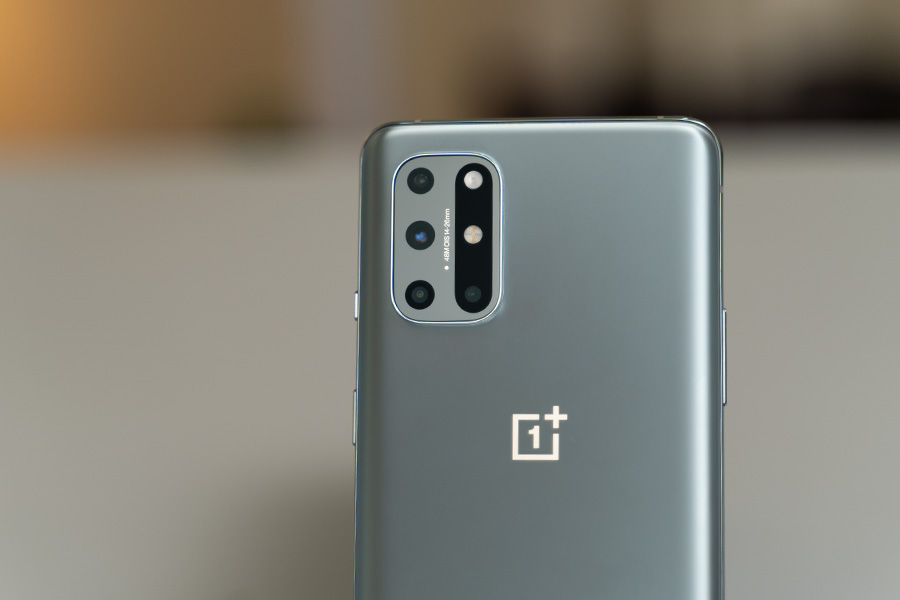



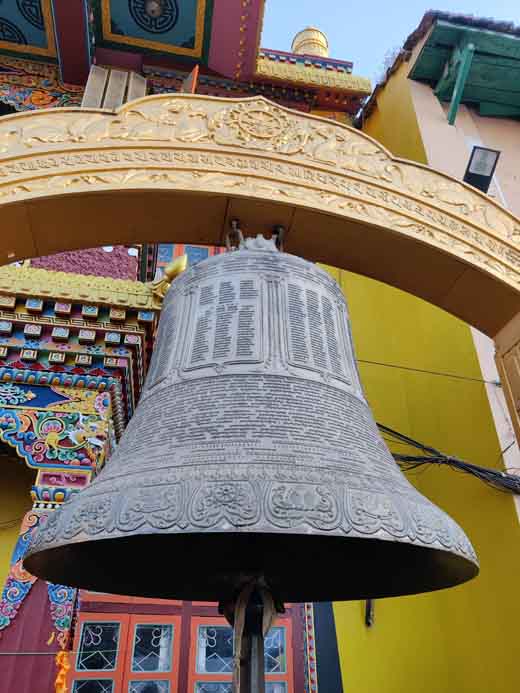
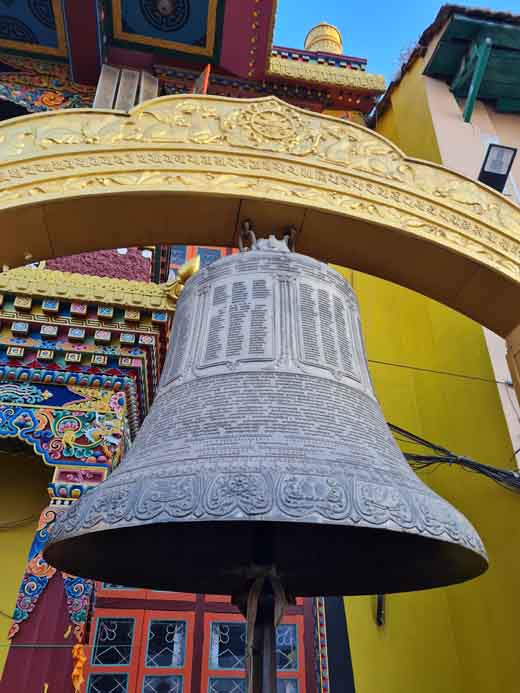














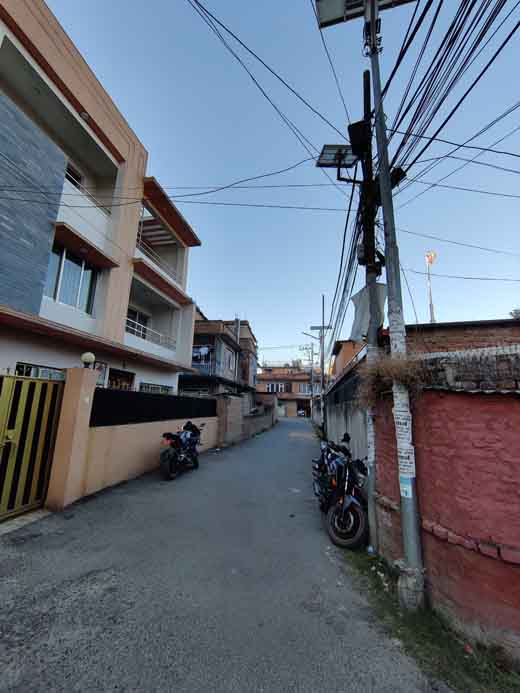


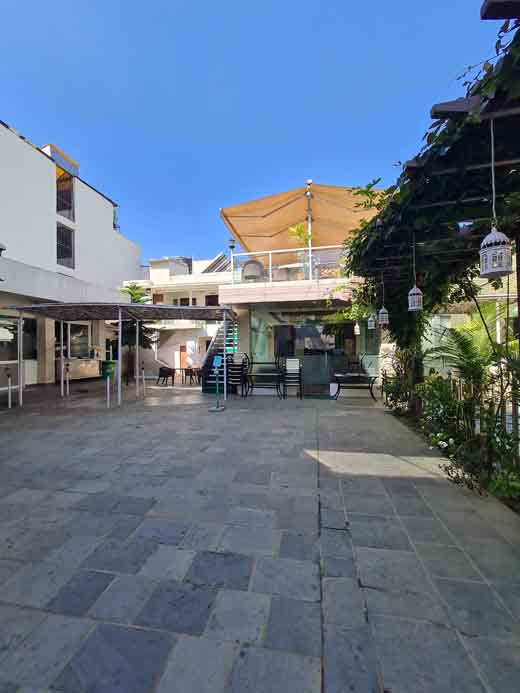

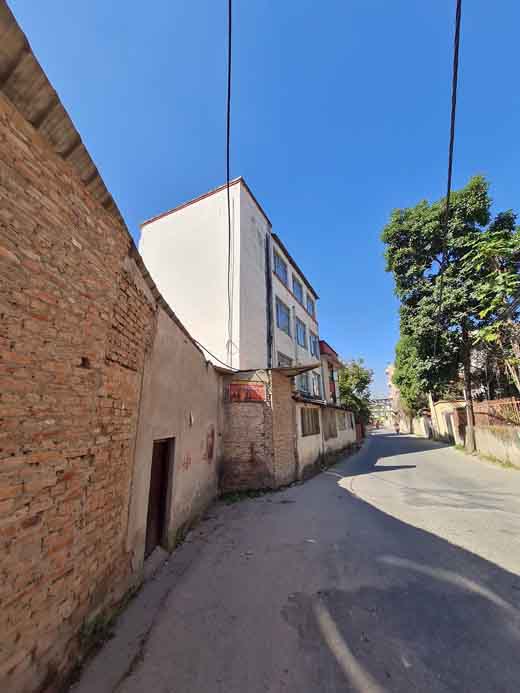
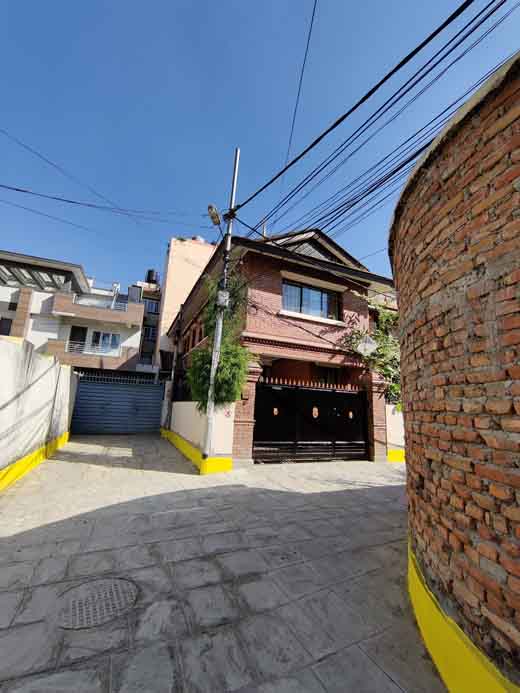
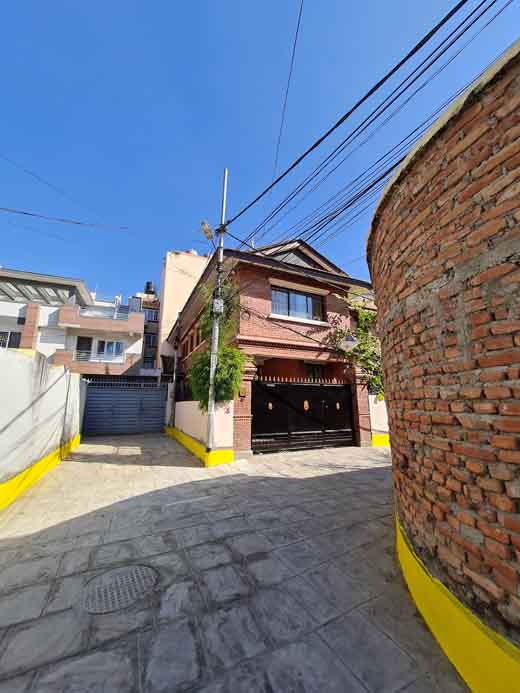
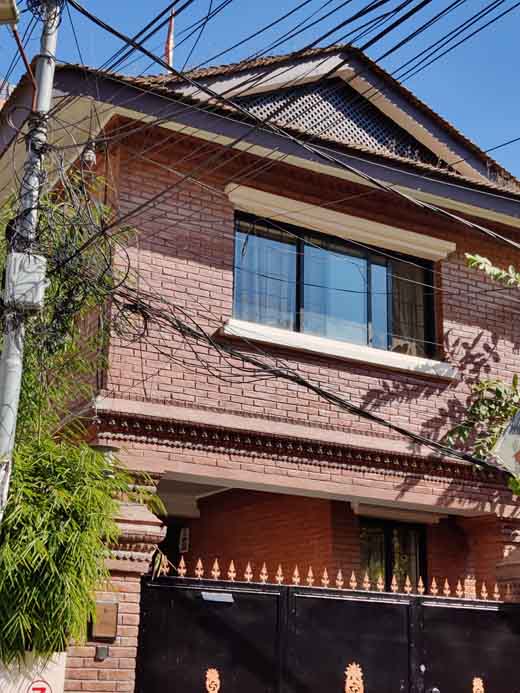



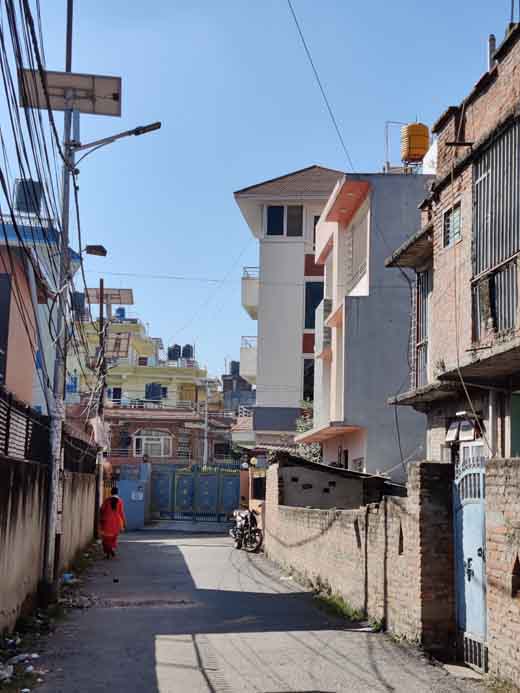









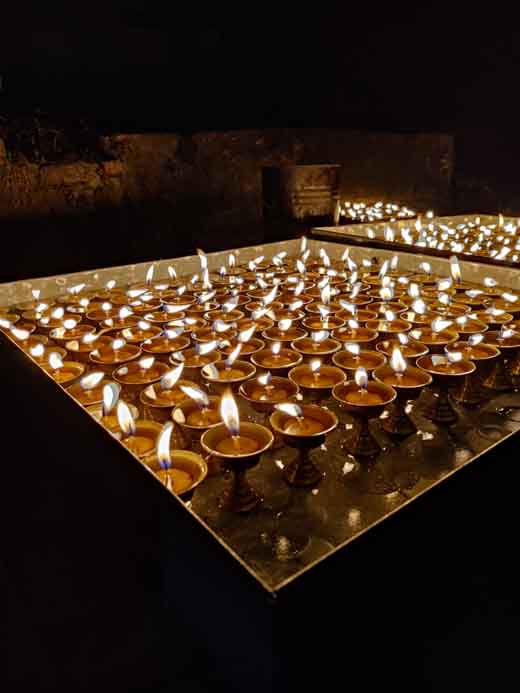





















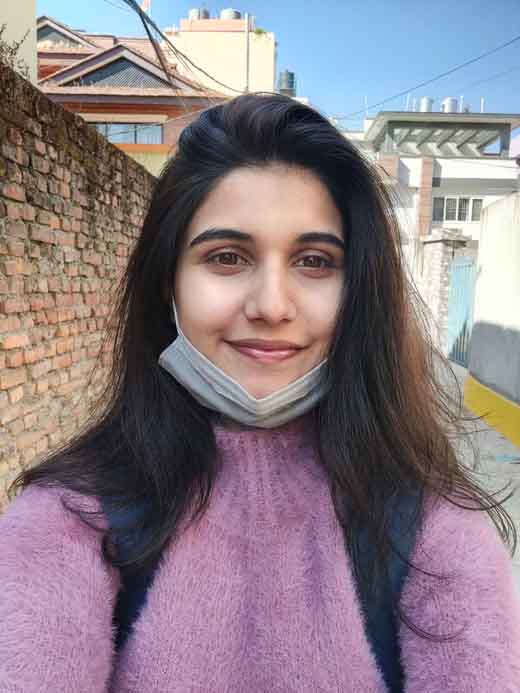




















![Best Ultrabooks To Buy in Nepal 2024 [Updated] Best Ultrabook Laptops in Nepal 2023 - June Update](https://cdn.gadgetbytenepal.com/wp-content/uploads/2023/04/Best-Ultrabook-Laptops-in-Nepal-2023-June-Update.jpg)
![Best Gaming Laptops in Nepal 2024 [Updated] Best Gaming Laptops in Nepal 2023 - June Update](https://cdn.gadgetbytenepal.com/wp-content/uploads/2023/04/Best-Gaming-Laptops-in-Nepal-2023-June-Update.jpg)


![Best Mobile Phones Under Rs. 15,000 in Nepal [Updated] Best Phones Under 15000 in Nepal 2024 Budget Smartphones Cheap Affordable](https://cdn.gadgetbytenepal.com/wp-content/uploads/2024/03/Best-Phones-Under-15000-in-Nepal-2024.jpg)
![Best Mobile Phones Under Rs. 20,000 in Nepal [Updated] Best Mobile Phones Under NPR 20000 in Nepal 2023 Updated Samsung Xiaomi Redmi POCO Realme Narzo Benco](https://cdn.gadgetbytenepal.com/wp-content/uploads/2024/01/Best-Phones-Under-20000-in-Nepal-2024.jpg)
![Best Mobile Phones Under Rs. 30,000 in Nepal [Updated]](https://cdn.gadgetbytenepal.com/wp-content/uploads/2023/12/Best-Phones-Under-30000-in-Nepal-2024.jpg)
![Best Mobile Phones Under Rs. 40,000 in Nepal [Updated] Best Phones Under 40000 in Nepal 2024 Smartphones Mobile Midrange](https://cdn.gadgetbytenepal.com/wp-content/uploads/2024/02/Best-Phones-Under-40000-in-Nepal-2024.jpg)
![Best Mobile Phones Under Rs. 50,000 in Nepal [Updated] Best Phones Under 50000 in Nepal 2024 Smartphones Midrange](https://cdn.gadgetbytenepal.com/wp-content/uploads/2024/02/Best-Phones-Under-50000-in-Nepal-2024.jpg)
![Best Flagship Smartphones To Buy In Nepal [Updated] Best Smartphones in Nepal 2024 Flagship Premium Samsung Apple iPhone Xiaomi OnePlus Honor](https://cdn.gadgetbytenepal.com/wp-content/uploads/2023/09/Best-Smartphones-in-Nepal-2024.jpg)